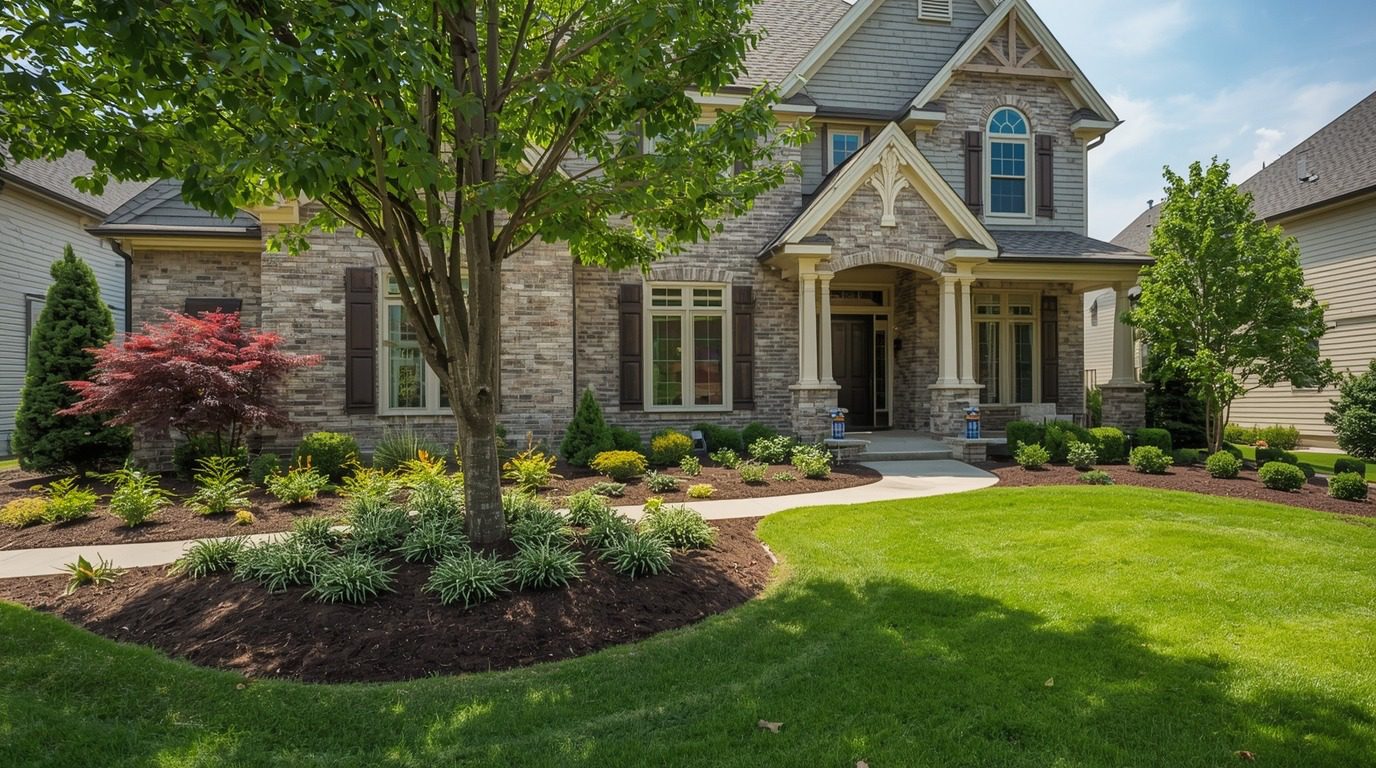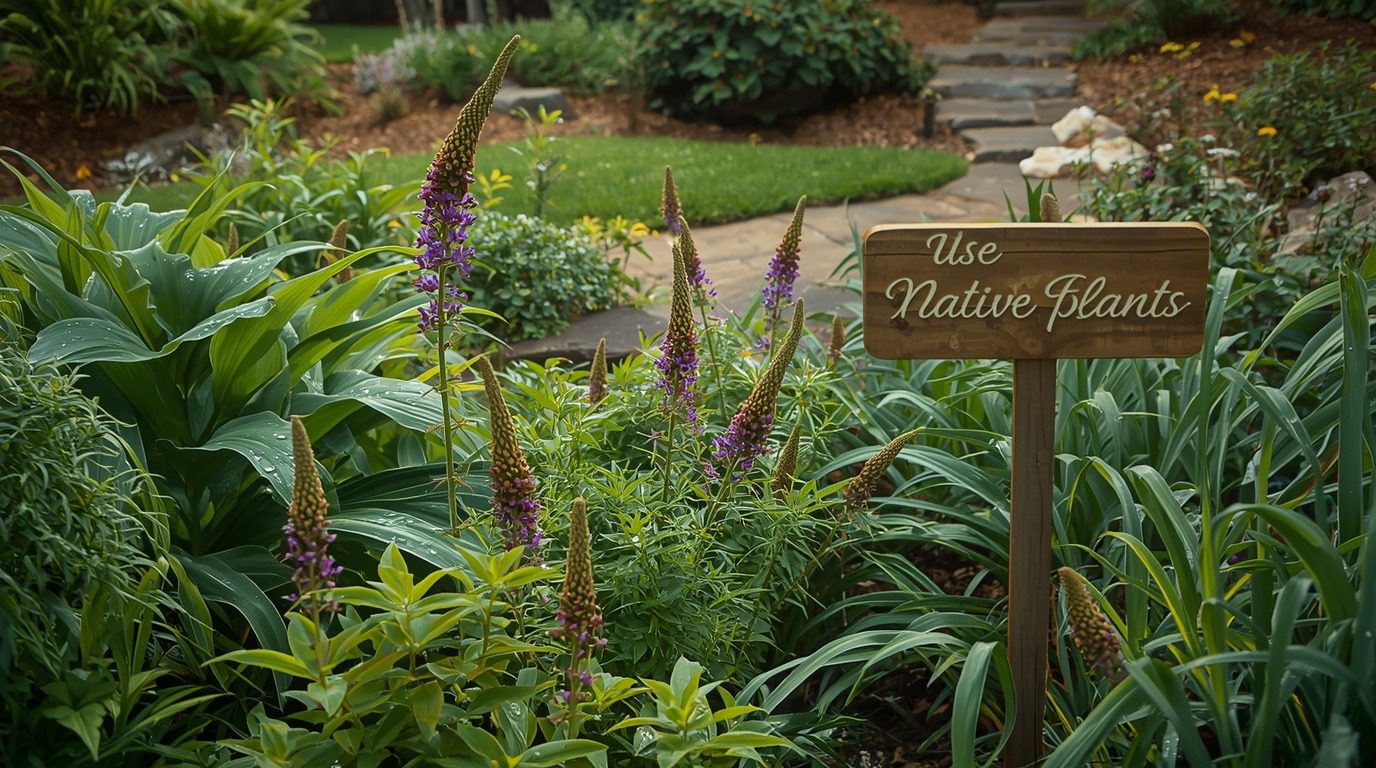As a homeowner, landscaping ideas should not be an issue that drains your wallet before you can implement the right strategy to make a difference. It should be a fun activity that allows you to be creative, resulting in attractive and functional outdoor spaces.
While some ideas may require a significant investment before they are actualized, there are designs that allow you to avoid paying for contractors or expensive materials, as there are budget-friendly landscaping plans that allow you to focus on making smart choices, emphasizing impact, and tackling projects in phases rather than all at once.
This article provides details on some of the best budget-friendly tips that can bring your ideas to life without overspending, resulting in a complete transformation of the look and feel of your space.

Start by Planning, Not Buying
A common misconception about residential landscaping is that many people believe they must start by spending money, hiring the best contractors, and purchasing high-quality materials to match the aesthetics of their home.
While you will always need an extra hand when trying to implement your creative ideas, which is where professional landscapers come in. However, this shouldn’t be the basis of your entire decision.

The biggest money-waster in landscaping is buying plants and materials without a clear plan, which is why, before spending a dollar, you must walk around your yard to identify what needs attention.
You can start by visually creating zones that need restructuring, such as the front yard, backyard, walkways, garden beds, and edges. Then take a step further and decide what matters most to you as an individual or family. The questions you should ask yourself must focus on privacy, curb appeal, maintenance schedules, and outdoor gathering spaces.
If needed, you can also sketch the layout, even if it seems rough, and include budget numbers for each area. Finally, decide what you can do yourself and where you might need help from a professional landscaper. By doing all of these, you are preventing impulse buys and ensuring every change has a purpose.
Break Projects into Phases
Another guide to residential landscaping is that you don’t need to redesign your properties all at once; instead, focus on breaking them into phases and ensuring they are fully supervised from start to finish. For instance, the first phase can be more of cleaning up and removal of dead plants or clutter.
When that phase is complete, you can then proceed to define or fix the edges of your garden beds so the space looks organized even before anything new is added. Once the borders are set, spread mulch and fill in any bare areas, as this instantly improves the look and also reduces weeds. You can slowly add plants or shrubs over time, rather than buying everything at once. Bigger upgrades, such as walkways, lighting, or decorative features, can wait until later.
Use Native Plants
This may not be at the top of the leaderboard for many homeowners, but if you are working on a budget, it is advisable to use native plants for your landscape. This is because native plants are budget-friendly over time, as they are adapted to local soil and climate, resulting in reduced water, fertilizer, and care requirements.

Likewise, perennial plants cost more upfront than cheap annuals, but they return year after year and eventually spread, saving you money in the long run. To get a head start, visit any local garden centers in your vicinity toward the end of the planting season for discounted plants. You can also divide mature perennials to fill more space for free; this way, you don’t have to spend on buying more plants.
Repurpose and Reuse Materials
This should be non-negotiable if your priority is to work on a budget. Not only does this help you save money, it also allows you to be creative and frugal with what you might consider unimportant.

Instead of buying new decorative stone, planters, or garden accents, look at what you already have. For instance, old buckets, wooden crates, or unused containers can be turned into planters. Leftover pavers can be used to create stepping paths, and broken concrete pieces can be repurposed into a rustic border.
Online marketplaces, garage sales, and construction leftovers are great sources for low-cost materials if you’re willing to get creative. When doing this, ensure that you choose materials and installations that are simple.
Hardscaping doesn’t have to be all-or-nothing, and features like patios, walkways, and retaining walls can quickly eat up a budget. The trick is to start small and keep things simple. Instead of pouring a full concrete patio, you can create a compact gravel seating area and just use pavers where people step.
Endnote
When working on a budget, your priority should always be focusing on affordable and easy-to-use materials for installations. Once this is settled, work on them accordingly and only reach out to professional landscapers for tasks that you cannot handle on your own.

